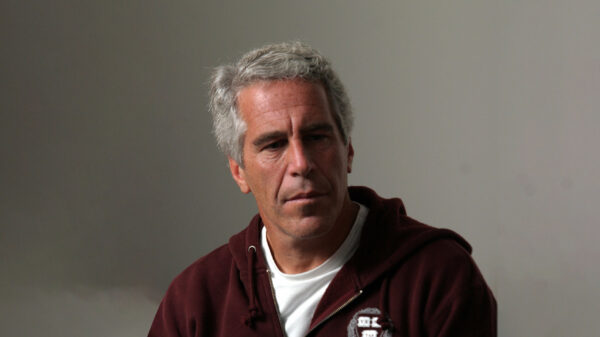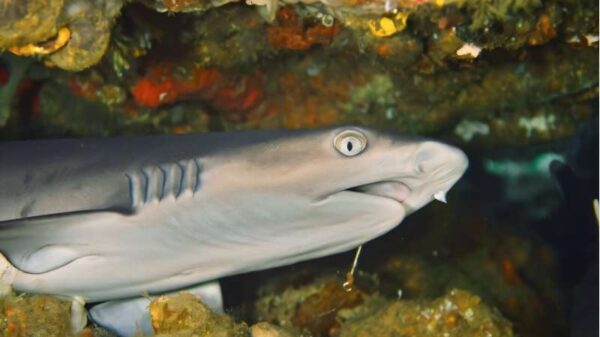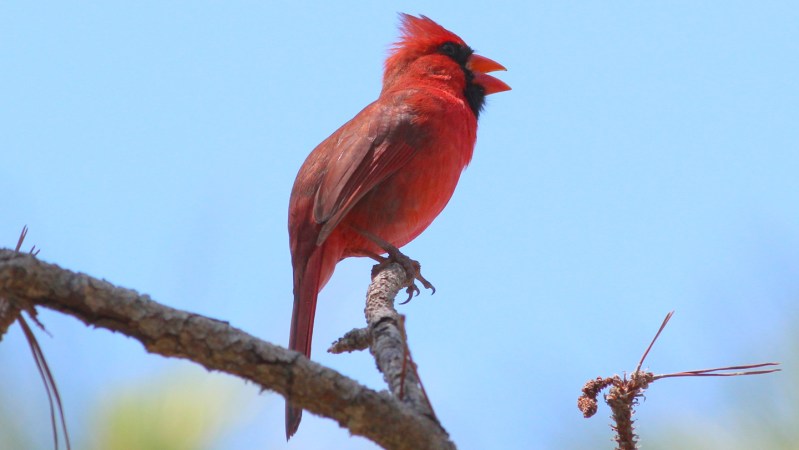Birds in light-polluted environments sing for an average of 50 minutes longer each day compared to their counterparts in less illuminated areas. This observation, derived from a global study, raises questions about the potential implications of artificial light on avian health and behavior.
Research published in the journal Nature Communications examined the effects of light pollution on birds across diverse ecosystems. The findings indicate that exposure to artificial light influences the timing and duration of bird songs, which are crucial for communication, mating, and territory establishment.
Impacts of Artificial Light on Avian Behavior
The study involved data collection from various locations worldwide, highlighting the extensive reach of light pollution. Birds in urban centers, where artificial lighting is prevalent, tended to extend their singing duration significantly. This adaptation may be a response to increased competition for mates and resources in environments flooded with light.
While longer singing periods may suggest an advantage in attracting mates, the long-term effects of light pollution on bird health remain uncertain. Researchers are exploring whether extended singing times could lead to exhaustion or other health concerns. The relationship between light exposure and the physical condition of birds is an area of ongoing investigation.
Understanding the Broader Ecosystem Effects
The implications of these findings extend beyond individual species. Birds play a vital role in maintaining ecological balance, including pest control and pollination. Disruptions in their behavior due to light pollution could have cascading effects on entire ecosystems.
As cities grow and expand, the challenge of managing light pollution becomes increasingly pressing. Strategies to mitigate its impact, such as implementing better outdoor lighting designs, are being considered by urban planners and environmentalists alike.
In summary, while the ability of birds to adapt to light-polluted environments by singing longer may appear beneficial at first glance, the potential health risks and broader ecological consequences warrant further study. Understanding these dynamics is crucial for the conservation of avian populations and the health of ecosystems worldwide.


































































